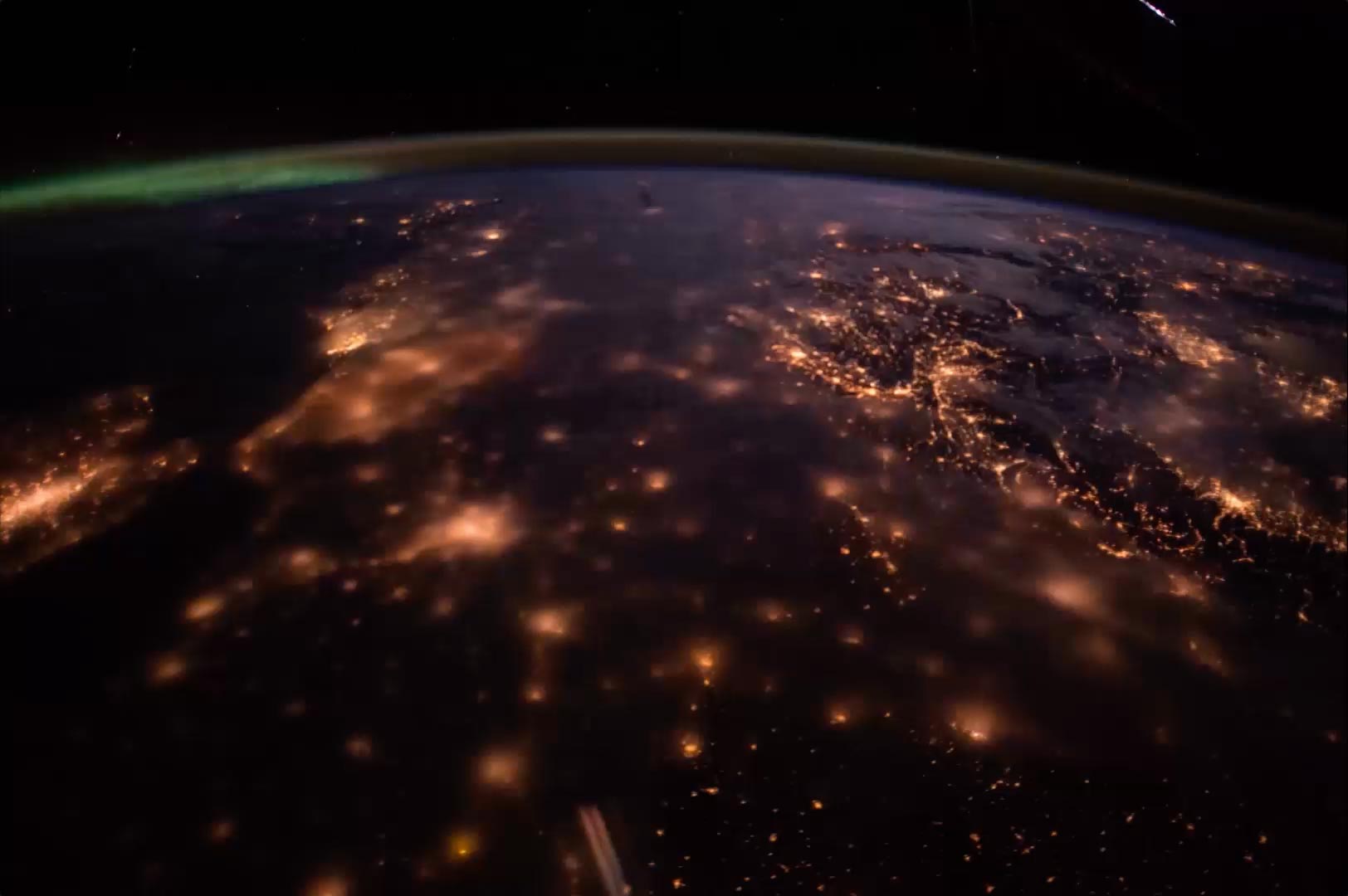ISRO chairman S Somanath has said the space agency has completed the design for the next round of moon missions – Chandrayaan 4 and 5 – and is in the process of seeking government approval for the same.
The Chandrayaan-4 mission includes bringing back moon rocks and soil to earth after a soft landing on the lunar surface, launching a spacecraft from the moon, demonstrating a space docking experiment in lunar orbit and getting the samples back to earth. “We have a series of missions to go to the moon. Chandrayaan-3 is over. Now, design for Chandrayaan 4 and 5 has been completed and we are seeking approval of the government,” Somanath told reporters here on the sidelines of an event organized by the All India Council for Technical Education and Indian Space Association. Earlier, the ISRO officials had said that the targeted launch for Chandrayaan-4 mission was 2028.
Somanath also said that the space agency was planning to launch 70 satellites over the next five years, including a constellation of low earth orbit satellites to meet the requirements of different ministries and departments of the government.
These 70 satellites include four for the NAVIC regional navigation system to provide positioning, navigation and time service, INSAT 4D weather satellites, the Resourcesat series of satellites, Cartosat satellites for remote sensing and high resolution imaging, he said.
Somanath said the space agency was also planning to develop the Oceansat series of satellites and technology demonstration satellites 01 and 02 to demonstrate electric propulsion systems, and quantum key distribution technologies.
The ISRO was also developing data relay satellites for the Gaganyaan mission, high throughput satellites for providing internet connectivity and GSAT satellite which was getting ready for shipping to the US for launch on a Falcon rocket of SpaceX, he said.
Somanath said the space agency was also planning to launch a series of earth observation satellites over the next five years. Source: HT
© The Indian Panorama





Be the first to comment